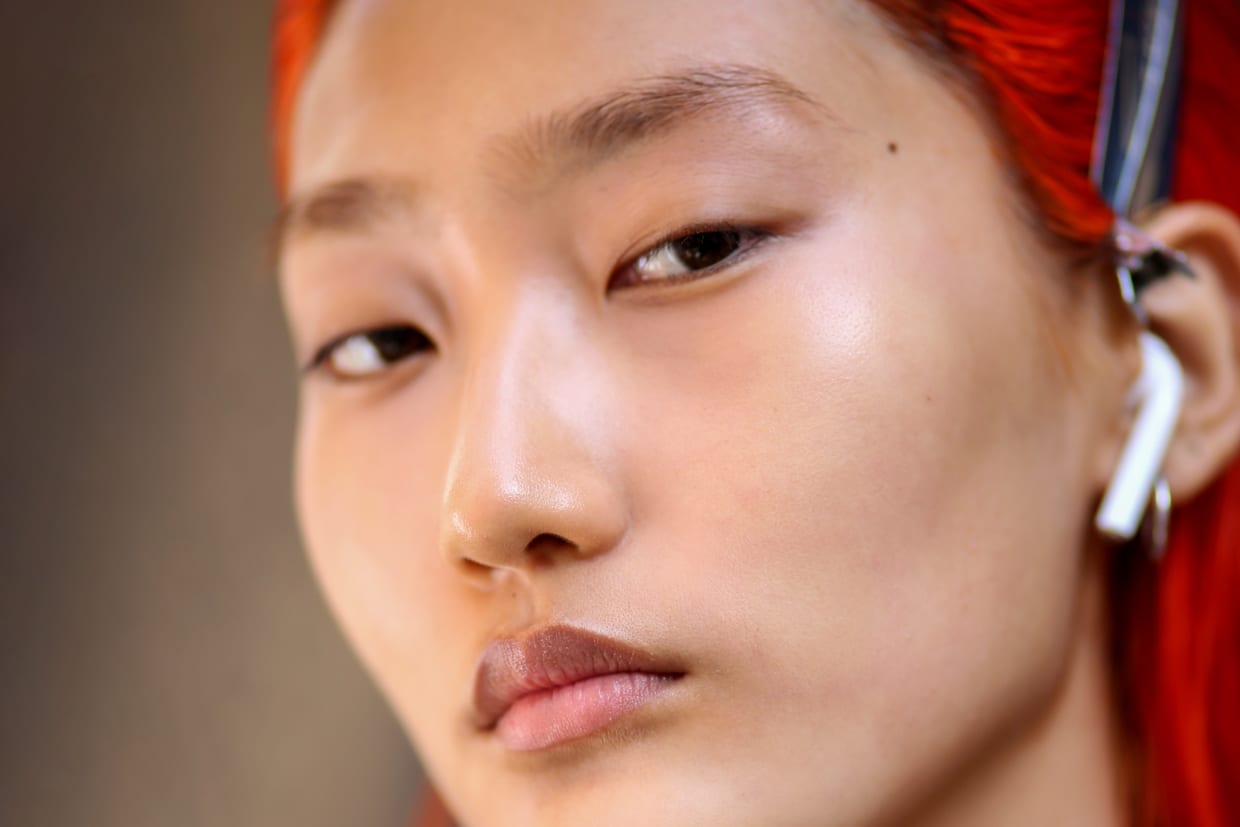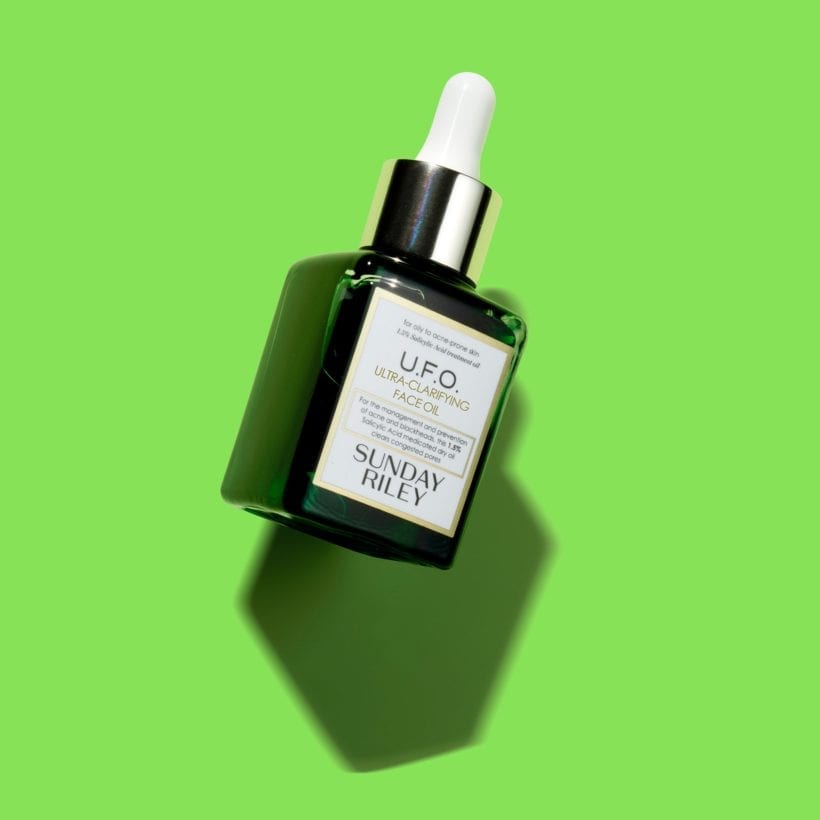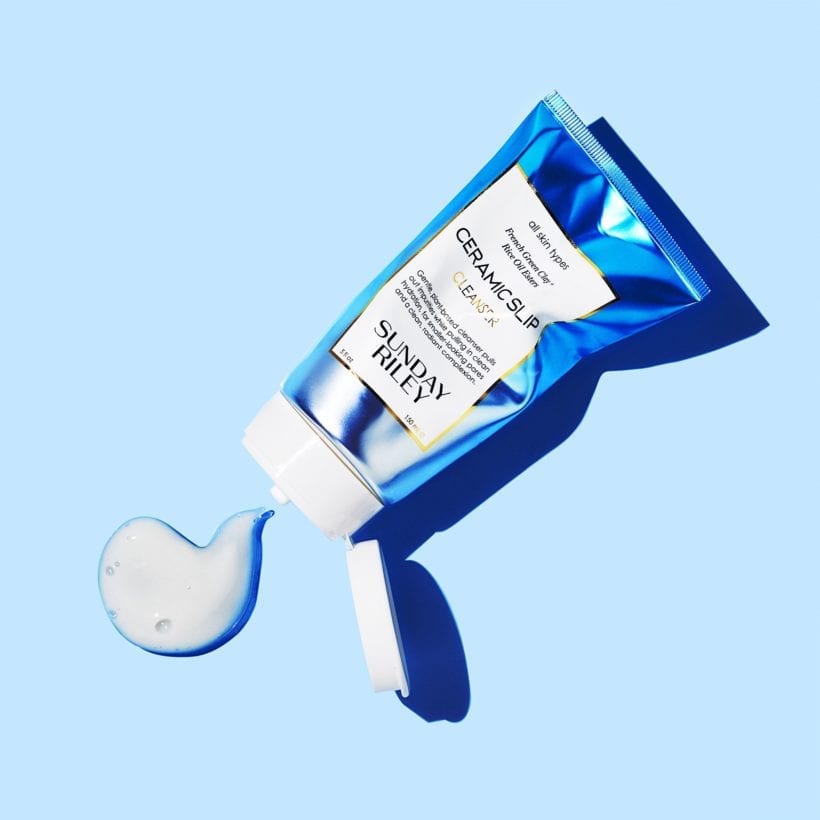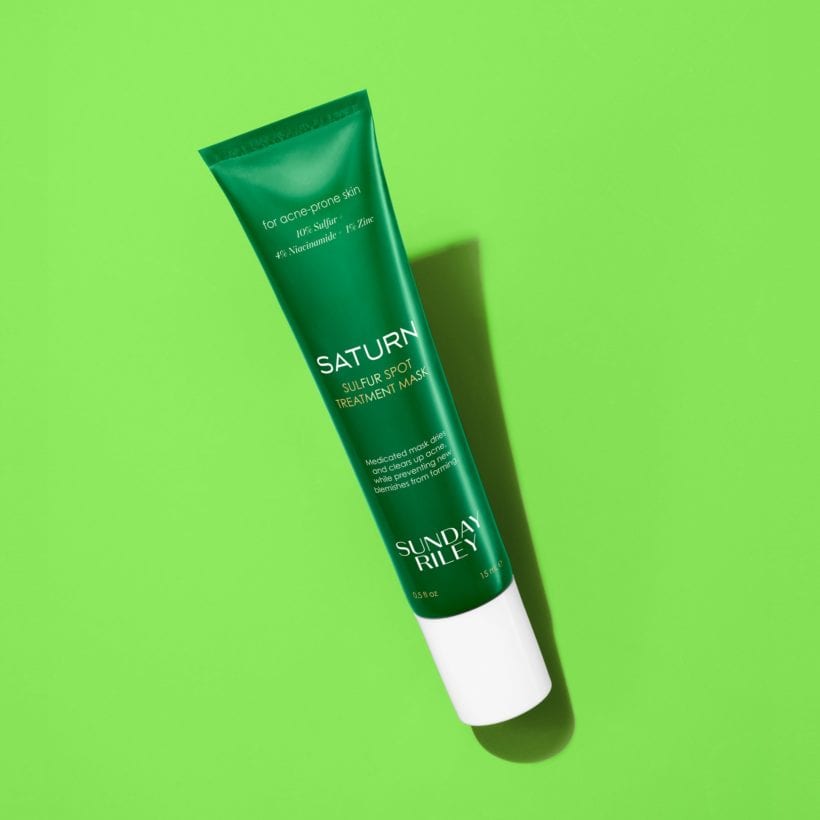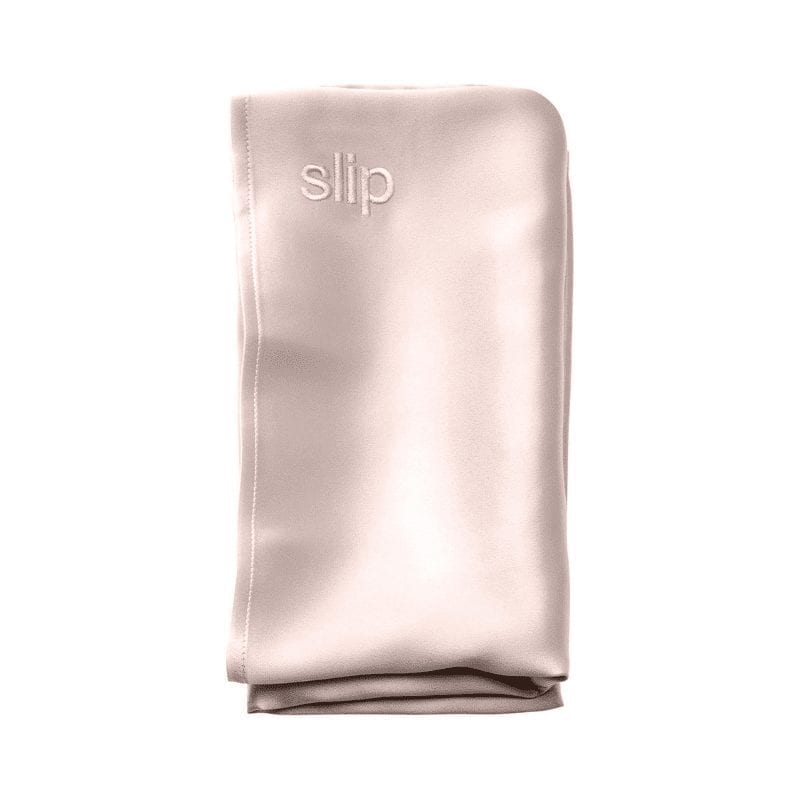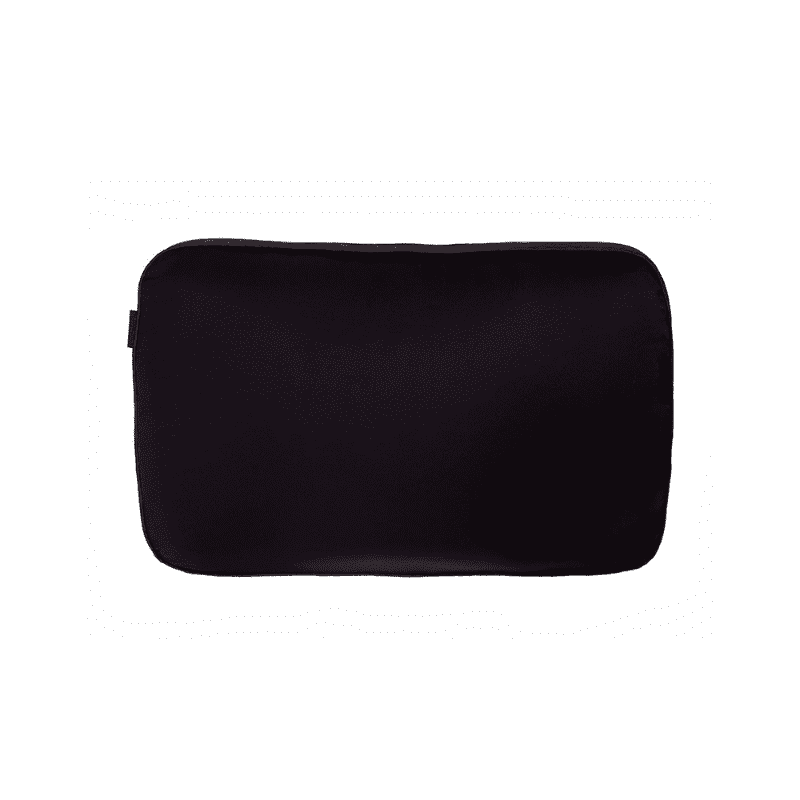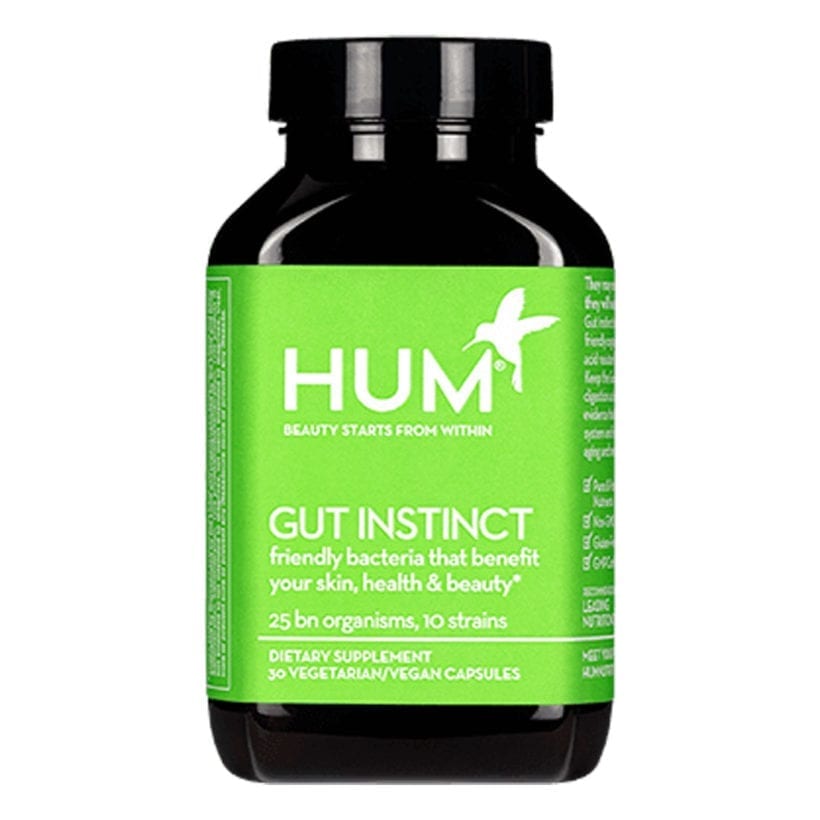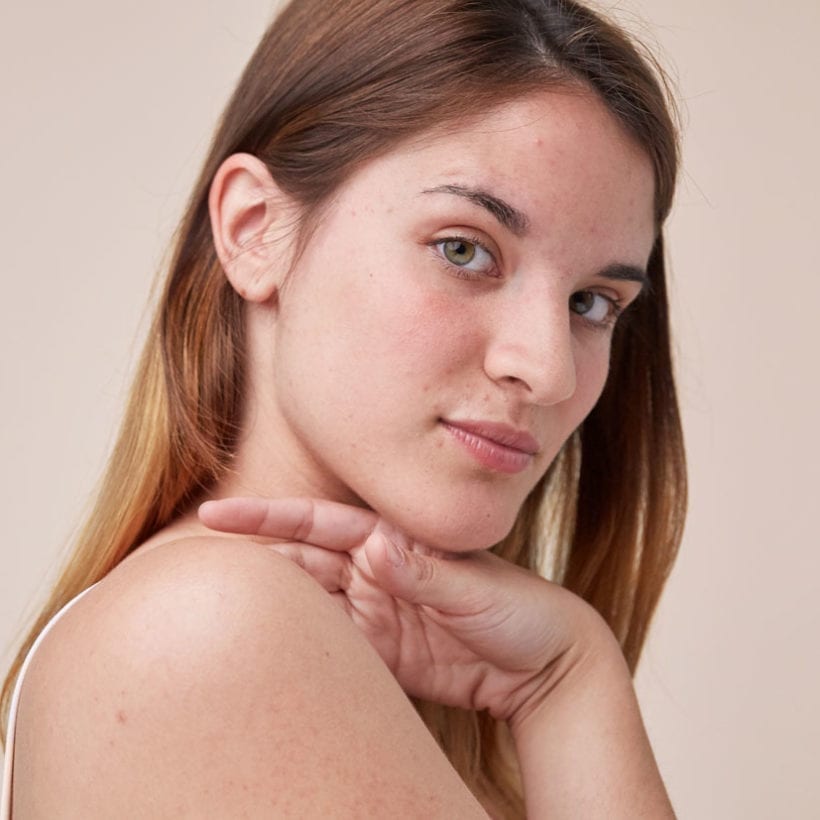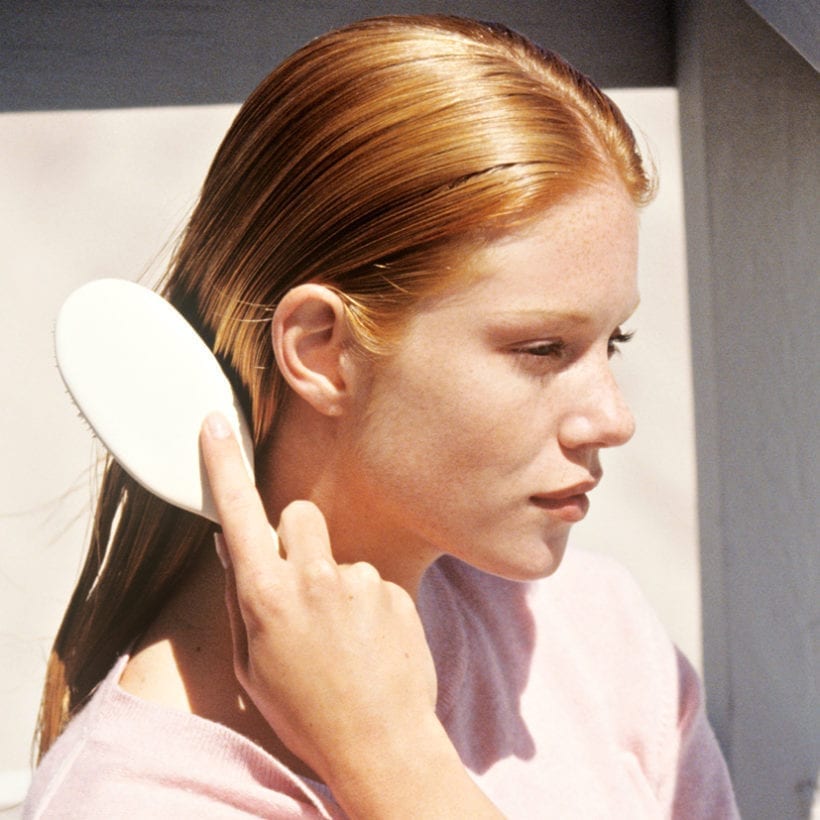Ever experience your skin being blotchy one day, itchy and red another day, then home to a cluster of zits the next? Most of us know the basic tactics to get healthy, clear skin (drink plenty of water, reduce stress and always take off your makeup — to name a few). But if it feels like even the most diligent skincare routine is not doing the trick, it is possible there might be an underlying issue to blame.
Here are seven sneaky reasons that could be the reason for inflammation, allergic reactions, acne, and other pesky skin issues.

Wash your mask
A reason for acne you may have never considered before 2020 – your mask. The CDC recommends wearing a mask to prevent the spread of COVID-19, and masks are starting to appear in all sorts of fun, fashionable patterns to match any outfit. However, as more people have begun wearing masks, dermatologists are beginning to see the appearance of maskne – or mask-caused acne. Taking care of maskne is a two-pronged approach: Treat the acne and make sure your mask is clean. If you are wearing a cloth mask, be sure to wash it at least once a day in soap or detergent, preferably with hot water. If you are using a medical mask, do not re-use it.
Do a gut check
And we mean literally. When inflammation presents itself on the face, it could potentially give an indication of where it is originating from, says Hannah Braye, nutritionist and advisor for Bio-Kult. For example, if your forehead is the worst breakout area, it could point to a tummy issue. “This is often caused by low levels of beneficial bacteria, which can lead to the gut lining becoming hyper-permeable, or ‘leaky gut,’” she explains. “If endotoxins from the gut are able to migrate into the bloodstream, this can trigger an inflammatory response by the immune system, both locally and in areas of the body further afield, such as the skin.” When this happens, our gut microbes are imbalanced. It’s best to get a diagnosis from a professional like a GI doctor. They can walk you through about which steps you can take to regulate your system (for example, the FODMAP diet) and clear up your pores.
Think about your products
The symptoms differ between individuals, depending on what triggers the reaction in the first place. While some will experience hives, small red spots and puffiness, others will suffer from itchiness, stinging, swollen lips or eyes, and even dry, flaky skin.
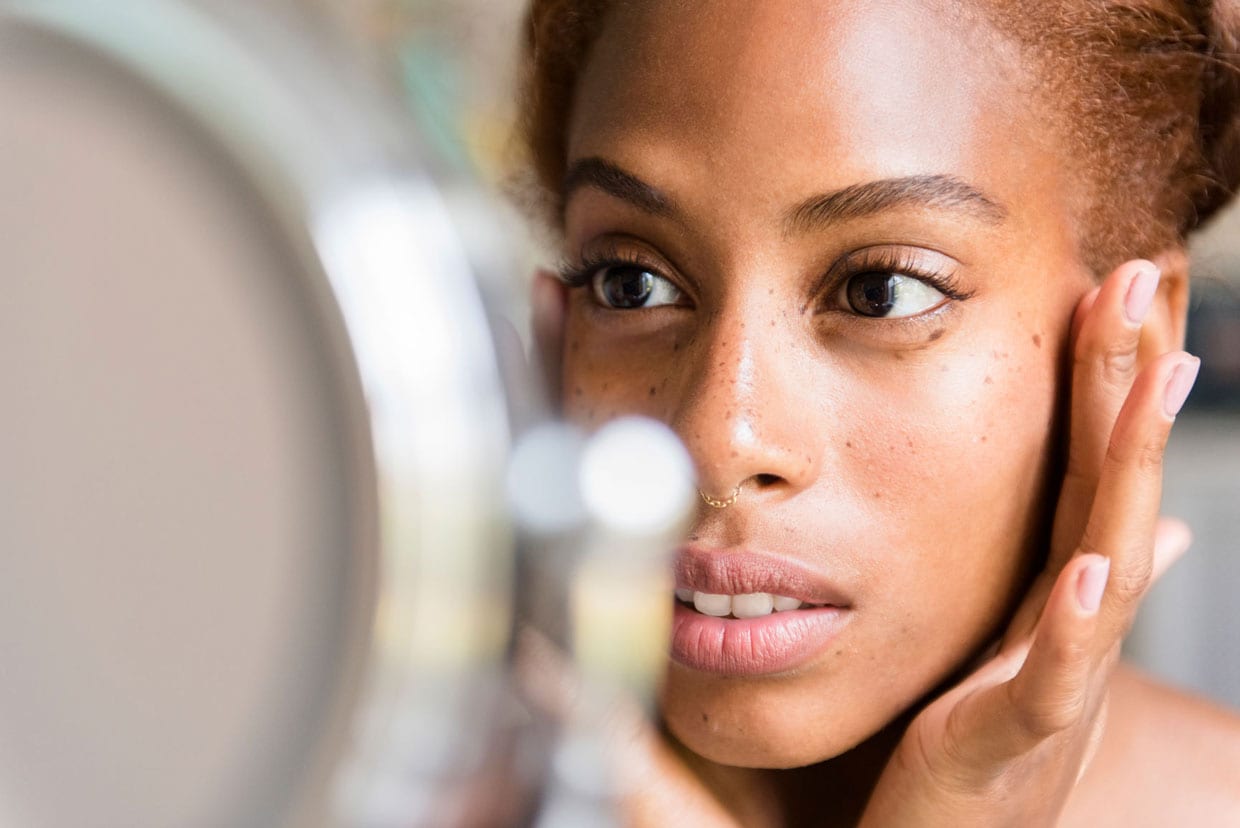
When you are trying to figure out what is happening under your personal hood, Braye suggests paying close attention to each area and think about what products you have recently used or lifestyle changes you have made that could be to blame. “If you develop a rash or small red spots around the eyes, you may want to consider changing your eye-cream,” she says. It can be an issue beyond your skincare, makeup and hair products as well. If the allergic reaction occurs more systematically, across large areas of the skin, you may also want to consider things such as your washing detergent.
Test for a hormonal imbalance
It is relatively common for women to see an uptick in zits when they are about to start their period, but this type of acne could point to something deeper. Braye says breakouts dotted along our chin and jawline are associated with our reproductive system. Usually, these are hard, painful cystic lumps that tend to go away once a cycle has ended. However, if we have unusual hair growth in these areas, we could be experiencing a hormonal imbalance, like producing too much testosterone, or a condition called polycystic ovarian syndrome (PCOS). An OB-GYN will be able to properly diagnose you.
Food-related flare-ups will show on our chin, around our mouth, eyebrows, cheeks and forehead.
Consider your diet
As Braye explains, many people break out when they consume dairy products, since the hormones and bioactive molecules in milk influence sebum and hormone production. Braye also says it is common to experience sudden zits after you down a high-sugar treat since it triggers our glucose levels. This uptick in sugar can cause our skin to react as it tries to regulate, often resulting in inflammation.
Most of the time, food-related flare-ups will show on our chin, around our mouth and eyebrows, as well as cheeks and forehead. “Acne in between the eyebrows is associated with the liver and may also indicate an issue with digesting fatty or rich foods, which require adequate bile production in order to be broken down,” she explains. “Supporting the health of the gut-lining is, therefore, a key strategy to reduce food reactions, and associated acne.”
Wipe down your screens
As many of us have settled into a work-from-home situation (thanks to a certain global pandemic), now is a better time than ever to make sure you wipe down your computer keypad and phone screen more often than usual. It is easy for bacteria on our screens to transfer from our hands to our faces causing dirt oil to build up, which can cause acne.
Clean your pillowcases and sheets
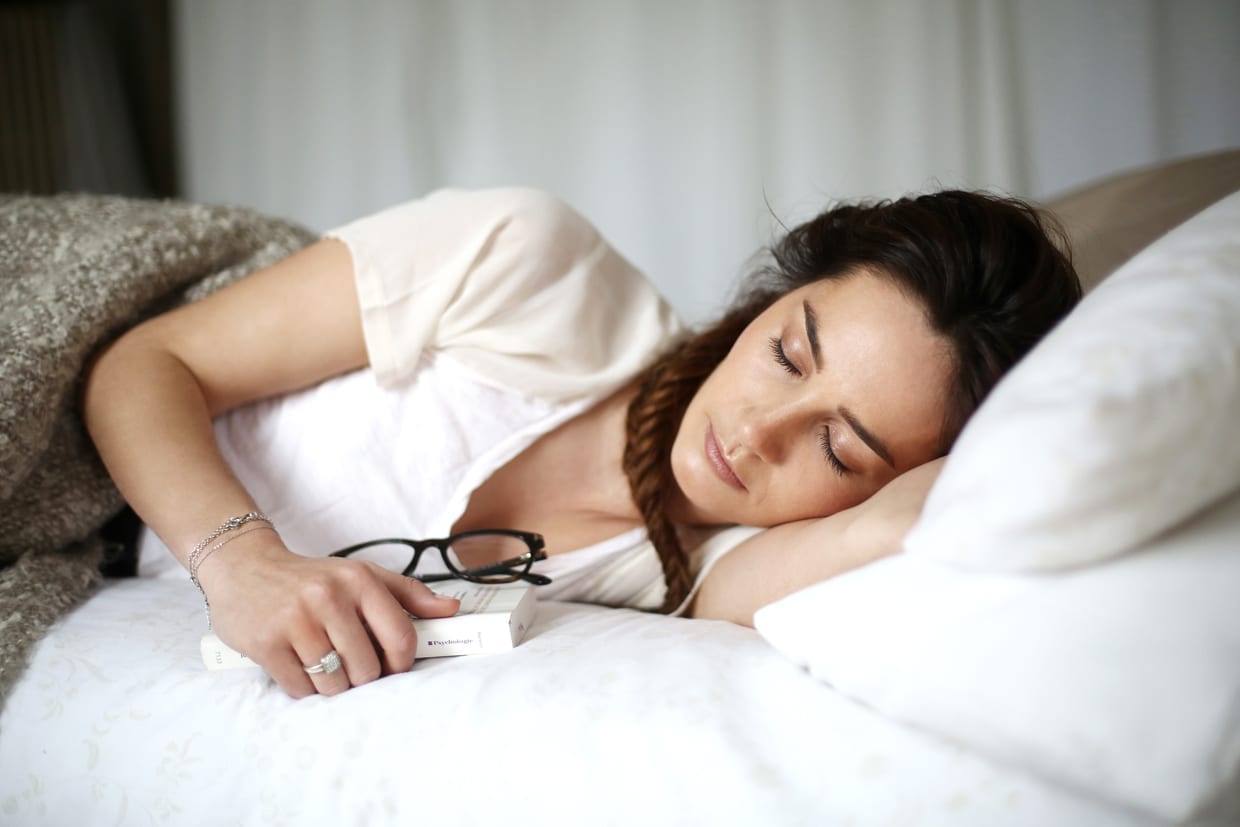 Lab tests found that swabs from pillowcases unwashed for a week harbored 17,000 times more colonies of bacteria than samples taken from a toilet seat. So it’s really important to clean bedding regularly to have healthy skin. Also, there are a few ways stress shows up on our faces, according to aesthetician Jane Mann. When we are under a lot of pressure, our body releases cortisol. An increase in cortisol can increase sebum production, and as a result, can cause acne. This excess then gets mixed with makeup, fabric softeners in our clothes, dandruff, sweat and causes skin issues. “It creates the perfect scenario for a breakout because the pore is clogged with waxes, dead skin cells, and more oil. It is like follicle overload and the result is a breakout,” she explains. If your acne is worse, change your pillow protector and pillowcases every 2-3 days and the rest of your bedding once a week. If your pillow can be washed, do so at least twice a year.
Lab tests found that swabs from pillowcases unwashed for a week harbored 17,000 times more colonies of bacteria than samples taken from a toilet seat. So it’s really important to clean bedding regularly to have healthy skin. Also, there are a few ways stress shows up on our faces, according to aesthetician Jane Mann. When we are under a lot of pressure, our body releases cortisol. An increase in cortisol can increase sebum production, and as a result, can cause acne. This excess then gets mixed with makeup, fabric softeners in our clothes, dandruff, sweat and causes skin issues. “It creates the perfect scenario for a breakout because the pore is clogged with waxes, dead skin cells, and more oil. It is like follicle overload and the result is a breakout,” she explains. If your acne is worse, change your pillow protector and pillowcases every 2-3 days and the rest of your bedding once a week. If your pillow can be washed, do so at least twice a year.
We only recommend products we have independently researched, tested, and loved. If you purchase a product found through our links, Sunday Edit may earn an affiliate commission.
